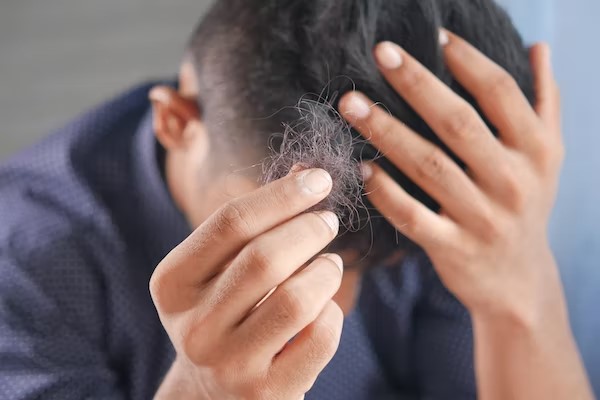
It’s common for many people to experience hair fall. The American Academy of Dermatologists (AAD) states that losing 50 to 100 strands of hair is common. For those with longer locks, hair fall can be more noticeable. However, it shouldn’t be enough to impact the general appearance.
However, if hair fall causes noticeable thinning or balding, a hair transplant can help. If it’s something you’re considering, here is some valuable information to help you decide if it is the correct procedure.
Table of Contents
Who Needs a Hair Transplant?
Several factors can cause hair fall or hair loss. For some individuals, it can be temporary due to sudden fluctuations in hormone levels. It can also be due to genetics, medical conditions, or as a normal part of aging.
Before a hair transplant, your doctor will identify if you’re a good candidate for the procedure. You must have:
- Sufficient healthy hair on the scalp
- Thinning scalp area that can grow hair
Your doctor will do a thorough scalp exam. They may also do some blood tests to identify the cause of your hair loss. In some cases, they may need to do a scalp biopsy.
Procedure
A hair transplant uses your healthy hair, so your doctor will remove them from predetermined areas of your scalp. They either remove hairs individually or cut a strip of skin with healthy hair.
Before placing the healthy hair, they will prepare the scalp. Hair technicians will ready the removed healthy hairs while the doctor conditions your scalp for transplantation.
If the doctor places a strip of hair, they will secure it with stitches. In most cases, they apply a local anesthetic to numb the area.
For follicular unit extraction (FUE), your doctor will cut individual hair follicles using tiny punch incisions. They will make small holes in the scalp area in preparation for receiving the incised hair follicles. After the procedure, they’ll dress the scalp with a bandage, which should stay on for a minimum of 24 hours.
A hair transplant takes four to ten hours, depending on the size of the transplant area. Some doctors may ask you to come back for additional sessions to continue the procedure.
Complications and Recovery
Complications from hair transplants are rare. But you may experience any of the following:
- Minor bleeding
- Scalp swelling and bruising
- Infection
- Itching
- Numbness
You may notice the transplanted hair falls out two to three weeks post-op. This is normal. Most patients will see about 60% of new growth in the area within a few months.
Recovery from this procedure is minimal. Most people are well enough to go back to work after two days.
Cost
Your FUE hair transplant in Toronto cost will depend on the area and extent of the procedure and your location. Areas in Toronto with multiple clinics a few blocks from each other tend to have more competitive pricing.
Generally, the price may range from $6,000 to $14,000 in Canada. For male baldness, the average cost is around $9,500.
Is it Right for You?
The success rate of hair transplants relies on your scalp and hair health. If your doctor determines you’re a good fit, then there’s no reason why you shouldn’t get a hair transplant.
If you decide you want the procedure, you should manage your expectations. You will likely not get a full head of hair from the hair transplant. However, it may be enough to make a difference in your self-confidence.



